Now also MSI. Almost all major hardware vendors are adding fast SSDs to their portfolios, so MSI’s SPATIUM lineup ends up being a logical fit. With the SPATIUM M480, you’re also really letting it rip, as you approach the 7000 MB/s write and read limit. Today I bring you first a small teaser with a first preview, tomorrow morning then the complete test.
MSI advertises this SSD, as do almost all other manufacturers, with a “dynamic pSLC cache”, about which I will say a few words in the course of tomorrow’s article for a better understanding, because there are still a lot of misconceptions and misconceptions, in which the marketing departments are not entirely innocent. The top-of-the-line 2TB model I tested and announced with an MSRP (MSRP) of $439 is a pretty interesting affair, which incidentally also comes in 500GB and 1TB capacities.
MSI also provides the SSD with an optional cooling block. It can do something, but those who trust the motherboard’s M.2 cooler more or would rather use it due to space issues, simply leave out the cooling block. The rest just screw it on and are happy about a quite acceptable cooling performance.
So in the end, it is purely a question of taste and technical necessities which variant you choose. Both are feasible. And since the cooler is nothing proprietary, it can be used for other SSDs as well.
A small teaser of the performance is available today, because especially the synthetics are a good opportunity to really show off the big numbers. We’ll see tomorrow how well this works in reality with the real application benchmarks. The SSDs was not new at the time of testing (I always do these synthetic tests at the end for certain reasons) and I also had fill levels of plenty of 50% before deleting the data several times. This certainly explains the fact that we are a little short of the maximum values, but can still show impressive numbers. Hence, I’m sure, the wording with the “up to” in the slides.
For a better overview I have now the data sheet for you, before I test the SSD then tomorrow in detail and analyze the technology including dynamic pSLC:
Datasheet
I’ll see you in the morning, I promise!













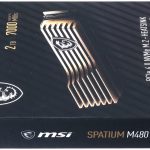
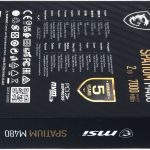
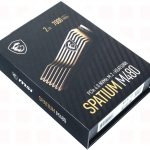




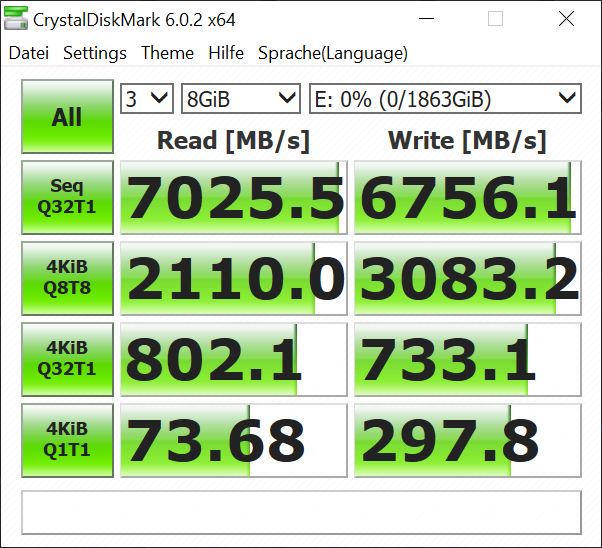



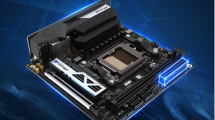

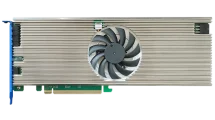












2 Antworten
Kommentar
Lade neue Kommentare
1
Alle Kommentare lesen unter igor´sLAB Community →